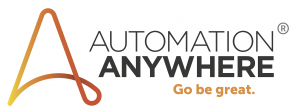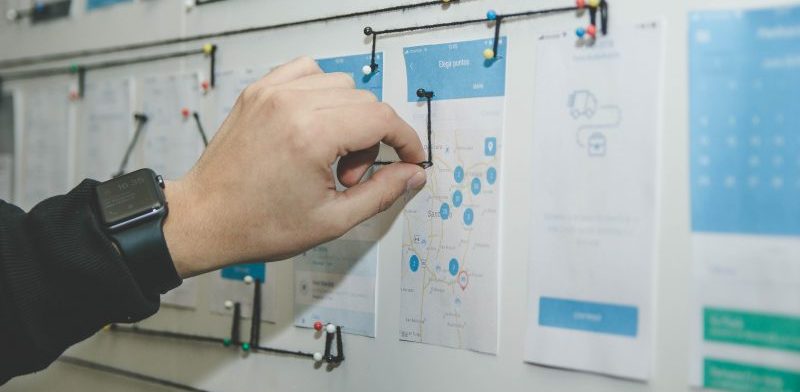A single robotic process automation (RPA) bot can save agencies thousands of full-time employee hours every year. Multiply that across more than 100 bots, and then RPA’s full potential is realized.
Still, when learning about the benefits of RPA, organizations frequently focus on single case studies of how one bot alleviated the repetitive, manual workload of one task. Of course, these stories are important to anecdotally illustrate how RPA works, but isolated instances fail to capture the scope of transformation that RPA can have on an agency.
“This is a technology that can actually help drive the bottom-line benefits, the mission of what government’s intended to deliver,” said Keith Nelson, Global Head of Public Sector at Automation Anywhere, a company that offers easy-to-build RPA solutions for government and the private sector.
GovLoop recently spoke with Nelson about how to make the most of RPA at agencies. It turns out, many are missing out on RPA’s full potential because their scope is too limited.
With bots, Nelson said, there is strength in numbers. Therefore, an agency will really unshackle employees and promote innovation by deploying automation enterprisewide. Four or five bots aren’t enough for an RPA revolution; dozens or hundreds of bots are needed, Nelson said.
Several common pitfalls have organizations spinning their wheels on RPA transformation projects, however. Agencies can be decentralized in their approach, for one, leading to duplicative, labor-intensive and piecemeal developments. Also, agencies can fail to pair business needs with bot development, leaving important opportunities unfilled and IT teams unprepared.
Both of these trip-ups are resolved by a formal, organizational strategy for RPA. Although RPA pilots should start small – a common truism for technology projects – agencies should have an end state in mind and a plan to get there from the get-go. A central office for RPA will help to suffuse its adoption throughout an agency.
Of course, plans are often easier said than done, which is why agencies need to find tools that can easily link business needs to RPA development. Better yet, everyday users should have the opportunity to build the bots themselves.
“You really can’t scale if every time you want to build a bot you have to wait in line for IT to get back to you,” Nelson said.
Automation Anywhere offers an easy-to-use suite of capabilities that oversees all bots in production or in use. Users can simply hit “record” on Automation Anywhere’s app, perform the manual task, and the RPA bot will copy and remember those actions for reuse. The tool is easy enough for business users to design bots and nuanced enough for developers to integrate AI into more complex models, meaning that with Automation Anywhere, agencies can thoroughly scale. Like spokes on a bike wheel, successful bots radiate from a central hub – and work together. And with the wheels of an RPA strategy in motion, agencies can cover a lot of ground.
Takeaway: Automation was never about just one or two processes being streamlined. Bringing in user-friendly platforms, agencies can scale automation throughout their enterprise – led by everyday users who, with no-code and low-code solutions, build bots to answer business needs.
This article is an excerpt from GovLoop’s recent guide, “Beyond the Hype: Your Emerging Tech Playbook.” Download the full guide here.






Leave a Reply
You must be logged in to post a comment.